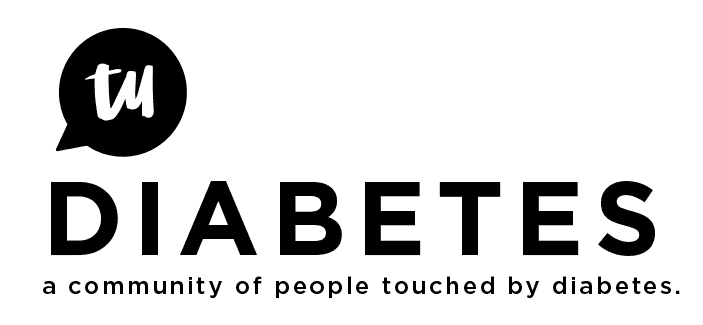Hi Gerri,
I suppose I coming from the point of view of whether this is accepted as dogma in the mainstream. Only if a series of studies, performed over time support this, then it may be ingrained in the the diabetic psyche.
Type only makes a difference as T2s are often given a ‘cocktail’ of drugs in the interventions.
What has thrown me is the fact that is is pretty well accepted that ‘sudden and drastic falls’ in the HbA1c is associated with a sudden increase in Retinopathy in the eyes (where many new faulty blood vessels are formed, which eventually ‘burst’ i.e. microaneurysms). So I’m keeping an open mind whether tight control and tight (sudden) control is the best.
There is little point in discussing the ACCORD or ADVANCE studies as appropriate for understanding the risk of higher blood sugars. Those studies looked at specific drug regimes, and in my interpretation, at least some of the excess deaths were attributable to the treatment. A better study to understand the relationship between blood sugar (and specifically HbA1c) is the recent study in NEJM (http://content.nejm.org/cgi/content/full/362/9/800). That study found that was the lowest risk of CVD and all cause mortality was for HbA1c between 5-5.5% (http://content.nejm.org/content/vol362/issue9/images/large/08t2.jpeg) Of further note, it found that the risk of coronary disease for a HbA1c of 6.5% was a whopping 300% higher (than the risk of those with a HbA1c of 5-5.5%), independent of cholesterol values. To understand this result in context, the increase in CVD from cholesterol (even extreme values) is like 25%. This is why I demand that my doctors help me get my blood sugar down and stop giving me cr*p about cholesterol.
Lower your blood sugar to reduce your risk of CVD and a target of 5.5% is an ideal goal.
